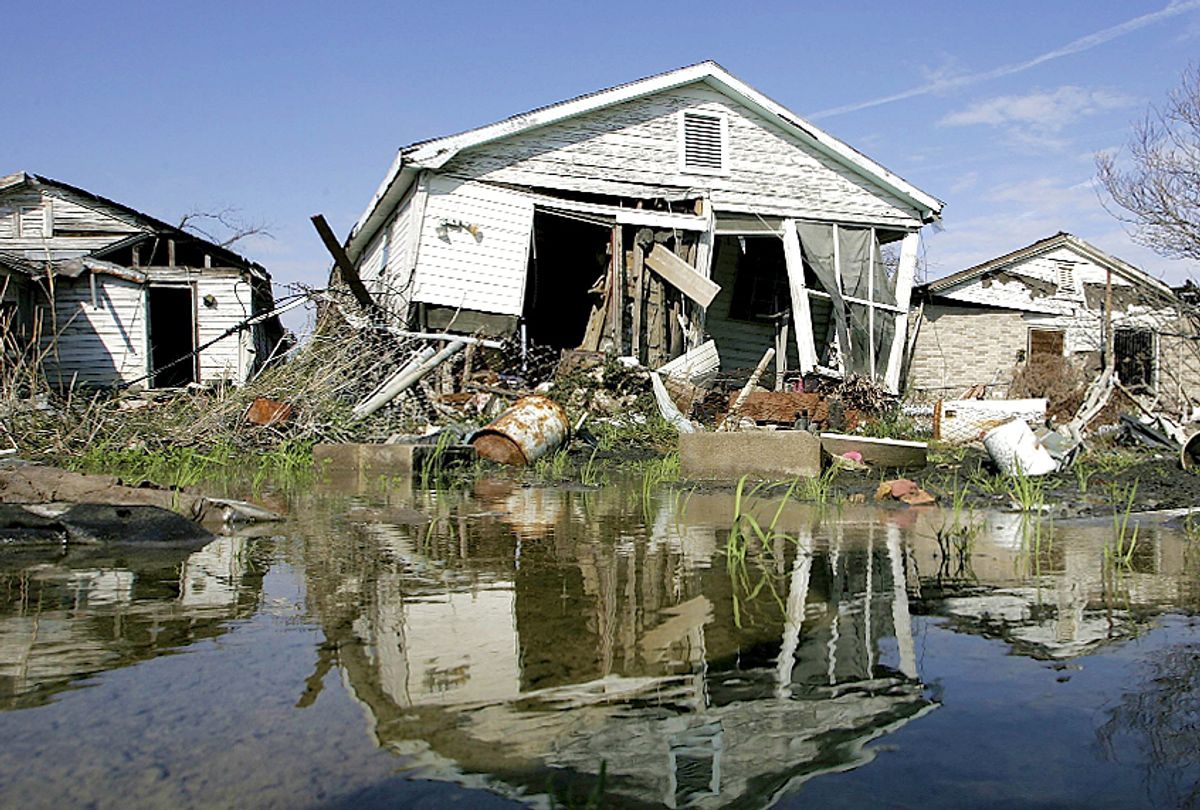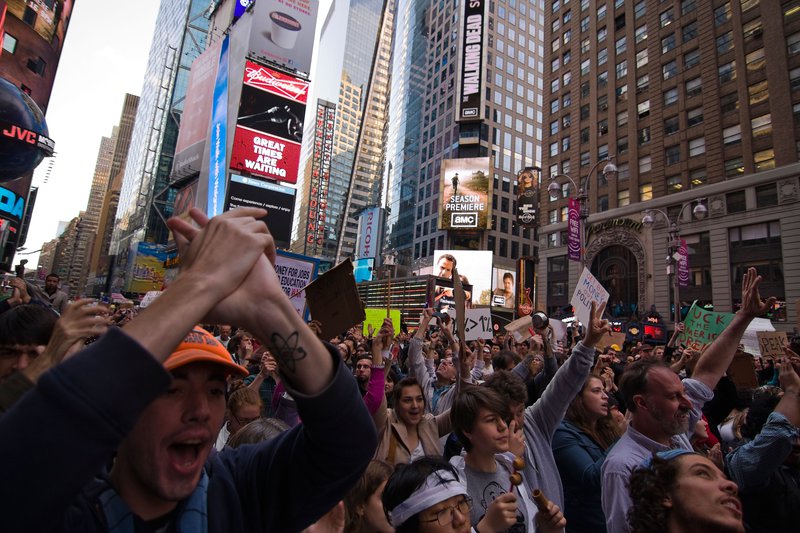Animal behaviour: Female wild bonobos provide care for infants outside their social group
Scientific Reports
March 19, 2021

Observations of groups of wild bonobos, reported in Scientific Reports, suggest that two infants may have been adopted by adult females belonging to different social groups. The findings may represent the first report of cross-group adoption in wild bonobos, and potentially also the first cases of cross-group adoption in wild apes.
Bonobos form social groups of multiple males and females that sometimes temporarily associate with one another. Nahoko Tokuyama and colleagues observed four groups of wild bonobos between April 2019 and March 2020 in the Luo Scientific Reserve in Wamba, Democratic Republic of the Congo. The authors identified two infants whom they believe were adopted by female bonobos from different social groups.
Flora, a 2.6-year-old female, was cared for by Marie, an 18-year-old female with two young daughters. Ruby, a 3-year-old female, was cared for by Chio, a 52–57-year-old female whose own offspring had emigrated to a different social group. Flora’s biological mother, Fula, visited Marie’s social group prior to Marie caring for Flora but was not observed interacting with members of the group and it is unknown whether she is still alive. Ruby’s biological mother was not identified by the authors.
The authors believe adoption had occurred as Marie and Chio were observed providing maternal care to the infants, including carrying, grooming, nursing and nesting with them, for periods longer than 18 and 12 months, respectively. The authors observed no aggression between members of Marie’s and Chio’s social groups towards Flora or Ruby. Analysis of faecal mitochondrial DNA samples indicated that the infants and carers were not maternally related.
The findings indicate that adoption in bonobos may not only involve cases where there are kin relationships or pre-existing social relationships between adoptive and biological mothers. The authors suggest that the potential adoptions may have been driven by bonobos’ altruism, strong attraction to infants and high tolerance towards individuals outside of their own social group.
Full paper available at:
https://www.nature.com/articles/s41598-021-83667-2




 A damaged home in New Orleans, Louisiana after Hurricane Katrina. (Getty/Justin Sullivan)
A damaged home in New Orleans, Louisiana after Hurricane Katrina. (Getty/Justin Sullivan)




